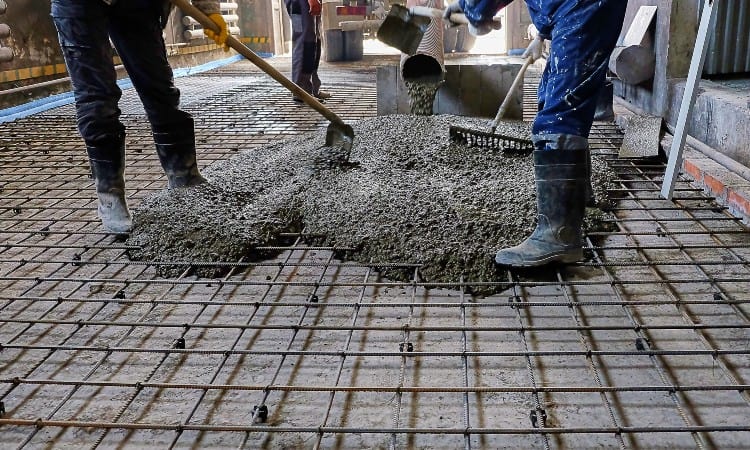Concrete is one of the world’s most durable and versatile construction materials, but it can still be vulnerable to poor workmanship or standard weathering issues. Many issues can be avoided by engaging an experienced contractor and following best construction practices.
Cracked, honeycombed, discolored and scaling concrete problems are among the many that arise; read on to gain more knowledge on their solutions and potential issues.
Segregation
Concrete house slabs Melbourne is a resilient and flexible building material used in driveways, patios, pools, walkways, roads and more. As one of the world’s most widely used building materials, it also presents challenges that may affect aesthetics or durability of finished products. Unfortunately, though it’s used around the world, it still sometimes causes problems that compromise final products’ aesthetics or durability.
Segregation noun sociology The act of living separately due to residential, racial, religious or sex differences resulting from circumstances or choices made due to cultural values or differences. Segregation can often be enforced through government policy which creates injustice within society.
Solutions to segregation in concrete include using high-quality formwork, applying release agents before pouring, and monitoring internal vibrators. Self-consolidating concrete may help minimize honeycombing risks; furthermore minimizing steel rebar and increasing access points will help decrease flow restrictions.
Cracking
Concrete is a versatile material that lends itself well to various uses. Unfortunately, however, even durable structures built of concrete may become damaged through improper construction practices or weather-related weathering processes.
One of the more prevalent concrete issues is cracking. If left unaddressed, this issue could compromise the structural integrity of your home or create hazardous surfaces that put you or your family at risk of injury.
Cracked concrete, more commonly known as D-Cracking, occurs due to environmental conditions like freeze-thaw cycles. One way of avoiding D-Cracking altogether is protecting concrete during curing and applying waterproof sealant after setting.
Discoloration
Concrete is an increasingly popular material choice for driveways, patios, parking lots and roads due to its durability and timeless aesthetics. Unfortunately, however, it can suffer from issues that compromise its aesthetics and strength.
Discoloration may result from weather conditions, material exposure or curing time and isn’t usually an immediate threat; however it can make your property appear less appealing. Concrete cleaners typically help address discolored concrete issues; for more serious discolorations more powerful chemicals may be required.
Construction errors during concrete construction can result in discoloration, shrinkage, scaling and other problems with your finished product. An experienced concrete contractor can help avoid these issues through regular inspections and timely repairs. In some instances efflorescence may appear on concrete surfaces – not an issue itself but could indicate areas where water seepage could be occurring.
Staining
Concrete stains can be an irritating affliction that is difficult to eradicate, oftentimes taking years for professionals with experience to tackle them successfully. Removing these stains requires chemical agents which may prove hazardous; to safely address this task it would be wise to hire experts with experience shoring up concrete structures. Staining often occurs as the result of oil or chemical spills permeating deep layers through surface layers.
Chemicals used to etch away rust pop-outs or fertilizers may also stain concrete surfaces and cause discoloration.
For most situations, concrete needs to be cleaned using a combination of broom scrubbing and spraying with water and solvent in order to be eliminated from its surface. In more severe instances it may require pressure washing, caustic chemical spraying or even special equipment designed to restore hardwood floors such as barrel sanders and rotary sanders.
Shrinkage
Concrete is strong and long-lasting, yet even when carefully constructed it can show signs of wear over time. Construction errors or standard weathering could be to blame; regular inspections are recommended in order to detect problems early and protect future investment.
Other common concrete issues include segregation, which occurs when cement paste separates from aggregates; honeycombing, which creates voids in the surface of concrete; and bugholes, in which lean mixes display small holes within their mixture. All these issues can be mitigated by following recommended mixing guidelines, limiting vibration during installation, and using quality formwork.
Crazing, which results in fine cracks that form in an uneven pattern, can be reduced by using proper concrete pumping techniques to minimize air loss during pouring. Minimizing water content during mixing and curing also can help minimize crazing.
